25000
GEMET keywords
Type of resources
Available actions
Topics
INSPIRE themes
Keywords
Contact for the resource
Provided by
Years
Formats
Representation types
Update frequencies
status
Scale
-
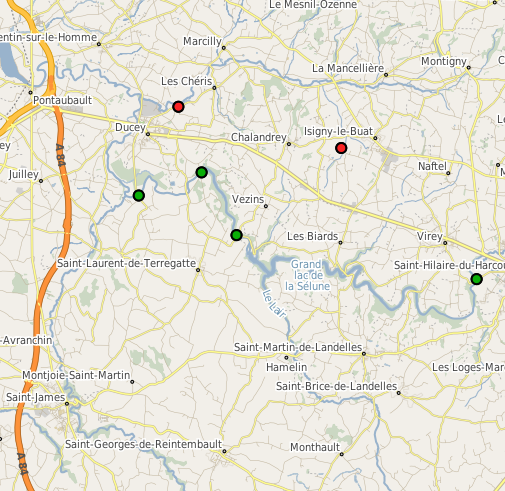
La couche point de mesure represente la position geographique des stations de mesure physico-chimique et limnimetrique sur le bassin versant de la Sélune. Ces stations ont été installées dans le cadre du programme scientifique de suivi de l’arasement des barrages de la Sélune.
-
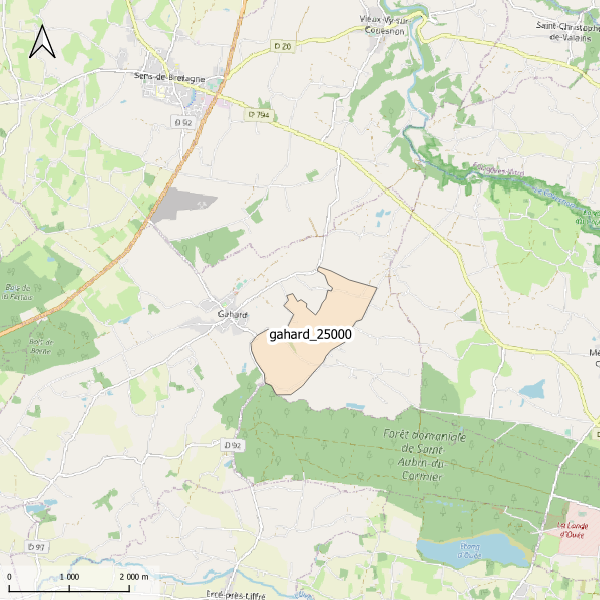
Emprise de la carte pédologique de Gahard au 1/25000. La donnée de base, au format image scannée, n'est pas publiée.
-
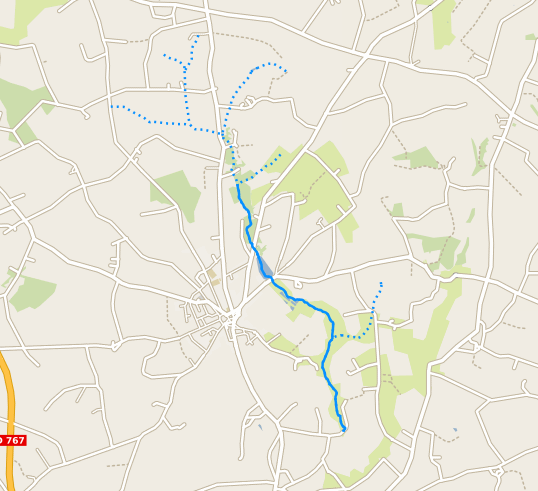
Représentation des tronçons hydrographiques du bassin versant du site de Naizin dans le Morbihan dans le cadre de l'Observatoire de Recherche en Environnement (ORE) AgrHyS de l'INRAE. Cette couche spatiale est extraite du jeu de données des tronçons hydrographiques de France métropolitaine BD Topage® version 2019. Le tronçon hydrographique est le découpage le plus fin d'un réseau hydrographique. Il peut composer un cours d'eau ou traverser un plan d'eau. Il correspond au concept « WatercourseLink » d'Inspire.
-
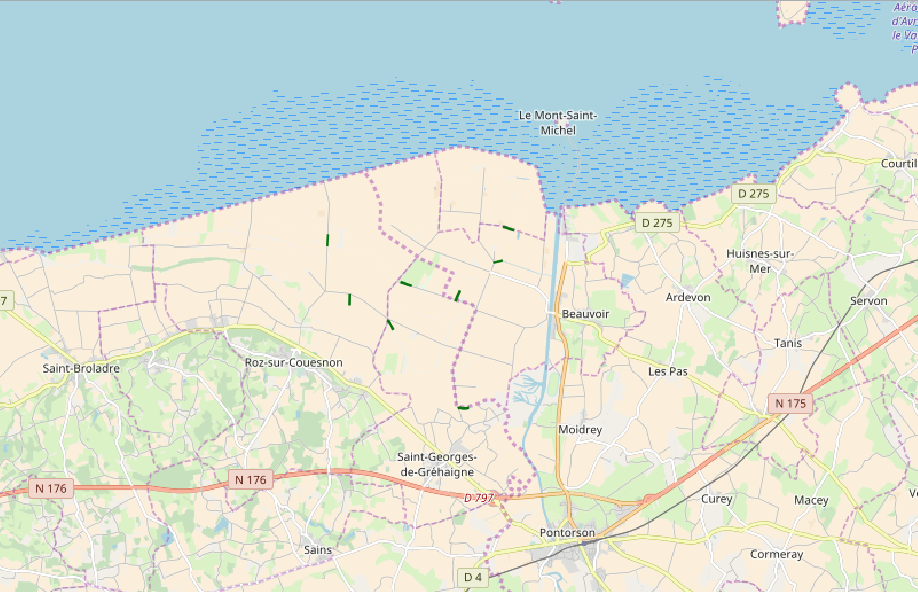
Suivi temporel de la diversité et de l’abondance des communautés de petits mammifères sur les réseaux de haies du bocage et des digues plantées de la zone des polders . 24 haies (16 en bocage, 8 en polders). 7 sessions de piégeage : Avril, mai, juin, aout, sept, oct 2003 et Fev 2004 Méthode : line transect : 34 pièges INRA appâtés espacés tous les 3 mètres sur un transect de 100 mètres. Relevés à 24 et 48 heures Articles de références : -Michel, N., Burel, F. and Butet, A. 2006. How does landscape use influence small mammal diversity, abundance and biomass in hedgerow networks of farming landscapes ? Acta oecologica, 30 : 11-20 -Michel, N., Burel, F., Legendre, P. & Butet, A. 2007. Role of habitat and landscape in structuring small mammal assemblages in hedgerow networks of contrasted farming landscapes in Brittany, France. Landscape Ecology, 22 : 1241-1253. Pas de programme particulier
-
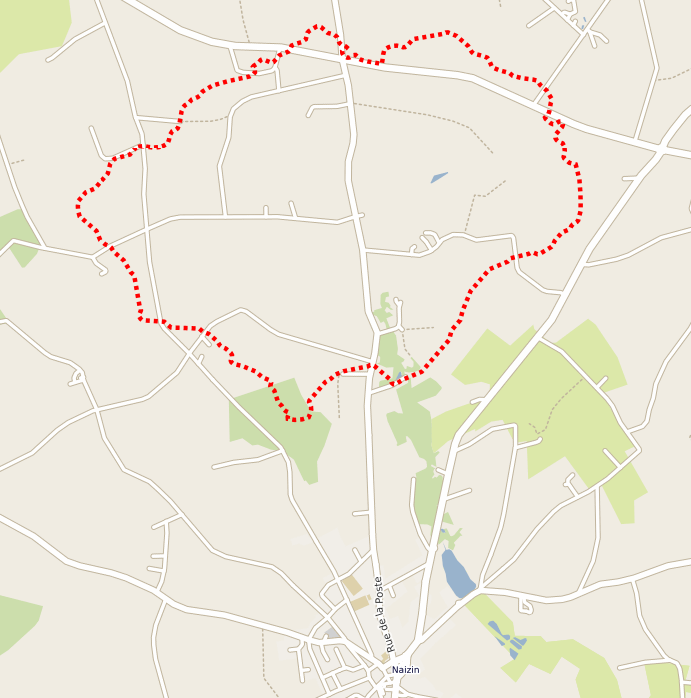
Représentation du contour du bassin versant de Kervidy à l'amont du site de Naizin dans le Morbihan. Naizin est une des 2 sites de l'Observatoire de Recherche en Environnement (ORE) AgrHyS de l'INRAE. Traitement réalisé à partir du Modèle Numérique de Terrain de Mégalis à 20 m. de résolution. Ce contour correspond au bassin versant de 5km2 du cours d'eau du Coetdan, bassin sur lequel les observations hydrochimiques sont concentrées depuis 1993.
-
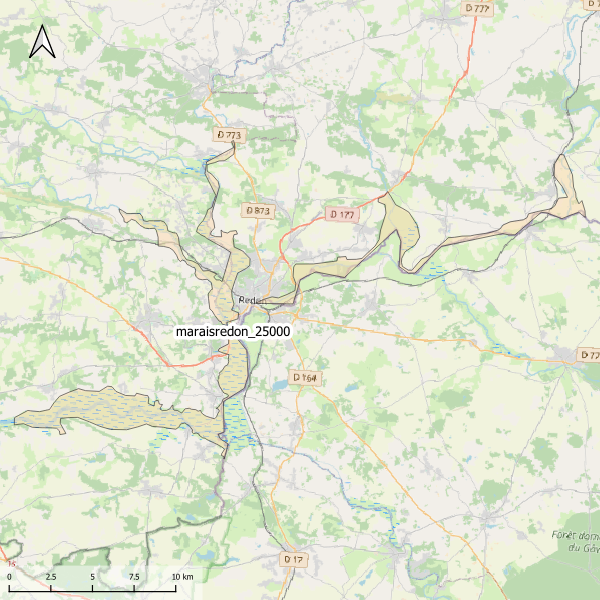
Emprise de la carte pédologique du Marais de Redon au 1/25000. La donnée de base, au format image scannée, n'est pas publiée.
-
Relevés floristiques en bordures de champs (sud Ille-et-Vilaine, 2019) - Zone Atelier Armorique ZAAr
"Relevés floristiques en bordures de champs sur les sites sud la ZAAr, 2019" Relevés de flore exhaustive sur 122 bordures de champs appartenant à 61 parcelles (1 bordures avec haie et 1 bordure sans haie échantillonnées par parcelle) Les relevés consistent en l'observation du pourcentage de recouvrement de toutes les espèces herbacées vasculaires dans 10 quadrats de 1m*1m distribués régulièrement le long d'un transect de 50m de long. La présence-absence de toutes les espèces d'arbres et arbustes sur le transect de 50m de long est également notée. Les parcelles à échantillonner sont au nombre de 61, dont 41 en agriculture biologique (20 parcelles sont en céréales pures et 21 parcelles sont cultivées en mélange céréales/légumineuses) et 20 en agriculture conventionnelle. L'échantillonnage a été conduit de juin à juillet 2019. Ce travail s’inscrit dans le projet DIVAG (2019) financé par la Zone Atelier Armorique porté par Stéphanie Aviron ainsi que dans le projet AGRIM (2019-2021) financé par l’AFB et porté par Philippe Vanderkoornhuyse et Cendrine Mony.
-

L’ouverture des barrages va considérablement impacter le fonctionnement des populations de saumons atlantiques remontant la Sélune ou ses affluents. Le rétablissement de la continuité écologique du fleuve modifiera les flux populationnels en autorisant la remontée plus en amont des saumons atlantiques en aval et en amont des barrages. La population de saumons atlantiques est suivie sur un réseau de stations couvrant l’ensemble du bassin de la Sélune à l'aide d'un indice d’abondance, qui est effectué tous les 2 ans. Les campagnes de terrain respectent le protocole de pêche mis au point par l’INRAE et l'OFB. L’objectif de cette méthode est d’estimer le niveau d’abondance de juvéniles de saumon atlantique (Salmo salar) sur une station (ou secteur). Ce protocole vise les juvéniles de l’année (d’âge 0+) dont l’abondance traduit le renouvellement des générations au sein de la population (ou recrutement) et la survie après les phases de développement embryonnaire sous gravier et les premiers mois de vie en milieu ouvert. Les campagnes de terrain sont assurées par INRAE et les Fédération de la Manche d'Ille-et-Vilaine pour la Pêche et la Protection du Milieu Aquatique (FDAPPMA50 et FDAPPMA35). Cette couche donne les localisations de ces secteurs d'étude selon l'année d'étude : 2012, 2013, 2014, 2015, 2018, 2019, 2020, 2021, 2022, 2023 et 2024.
-
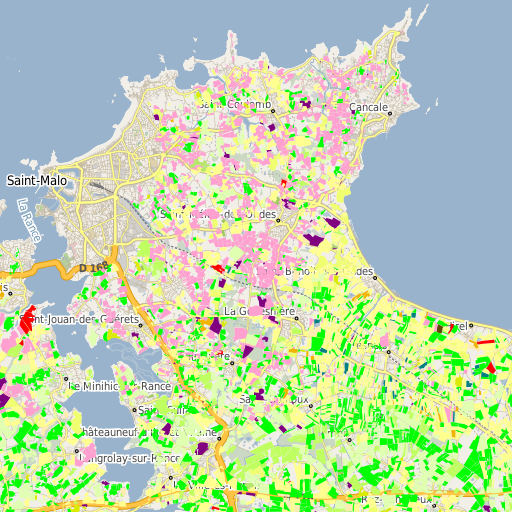
Registre Parcellaire Graphique anonymisé d'Ille et Vilaine et rotations culturales de 2006 à 2014. La rotation culturale indiquée correspond à celle de la parcelle principale de chaque ilot déclaré à la PAC en 2014. Travail réalisé par l'UMR AGIR INRA et l'ODR INRA. Un identifiant non signifiant permet de retrouver les ilots d'une même exploitation.
-
28 parcelles de prairies temporaires d'âge 6 ou 7 ans (occupation du sol en cultures avant); Parcelles gérées par pâturage et (éventuellement fauche ponctuellement) Au sein de chaque parcelle, 10 relevés floristiques ont été réalisés selon un plan d'échantillonnage systématique et localisés à plus de 20m des bordures. (relevés de banques de graines effectués au sein des mêmes relevés -> cf fiche banque de graines) Chaque relevé est réalisé en juin 2016 au sein d'un carré de 5mx5m en % de recouvrement par rapport au sol Toutes les espèces végétales ont été identifiées
 OSURIS
OSURIS